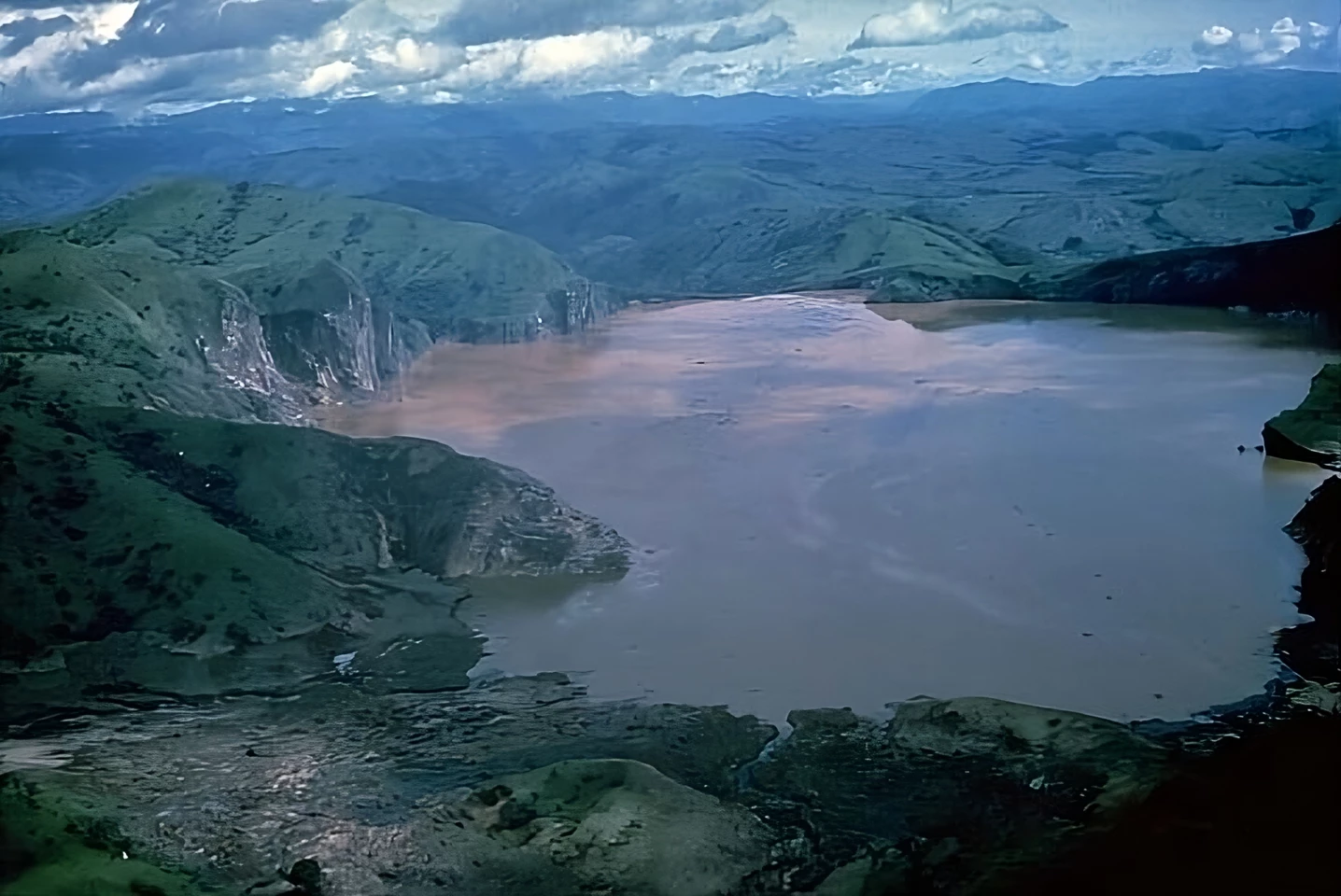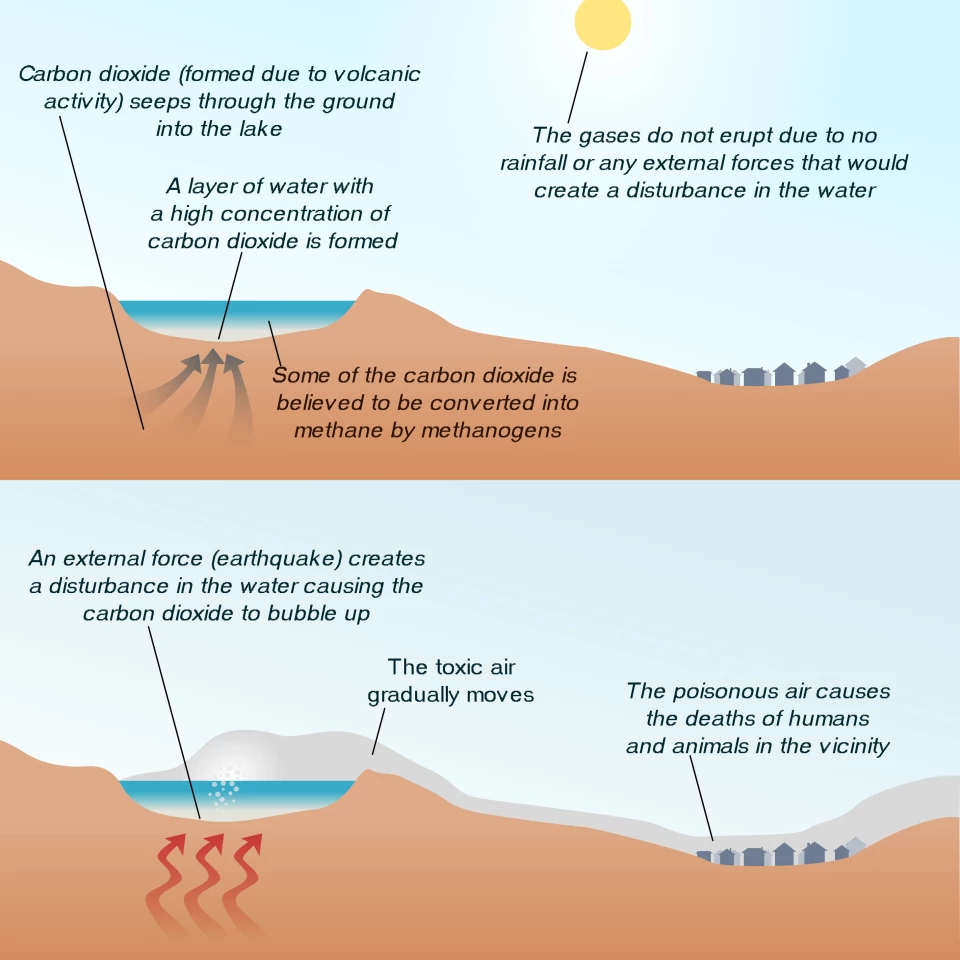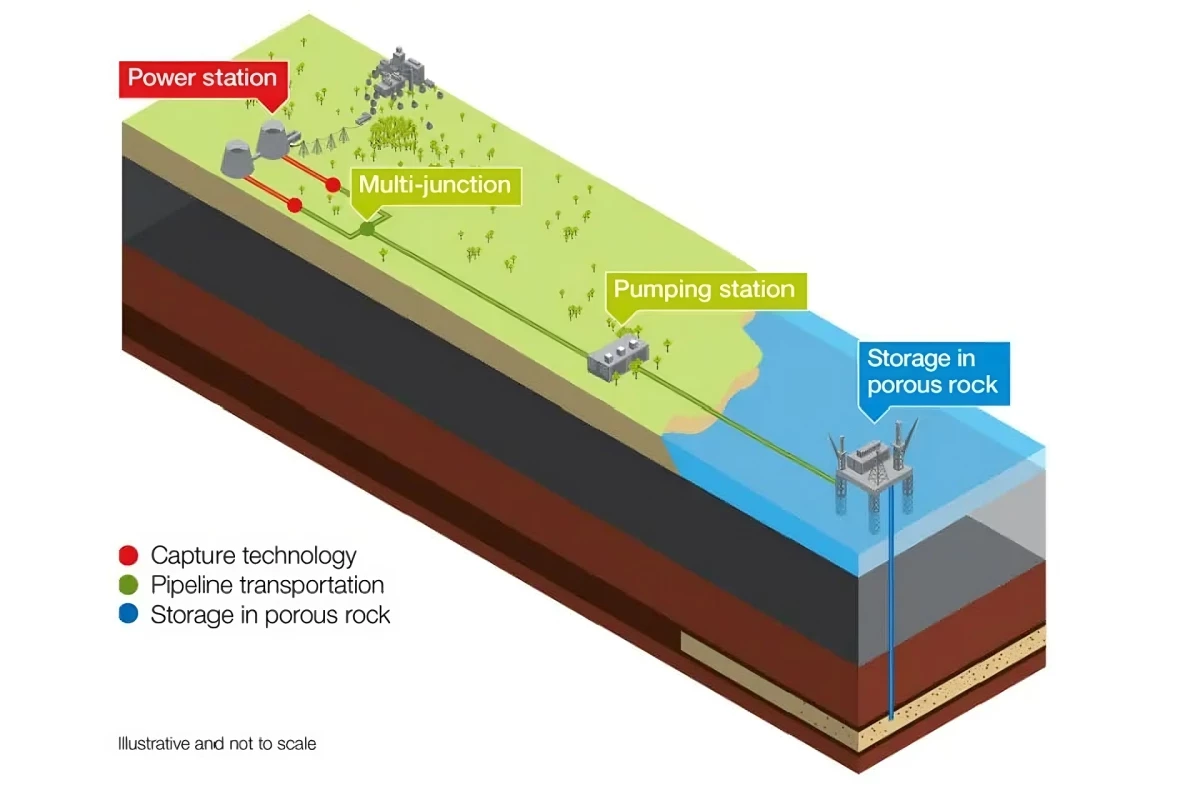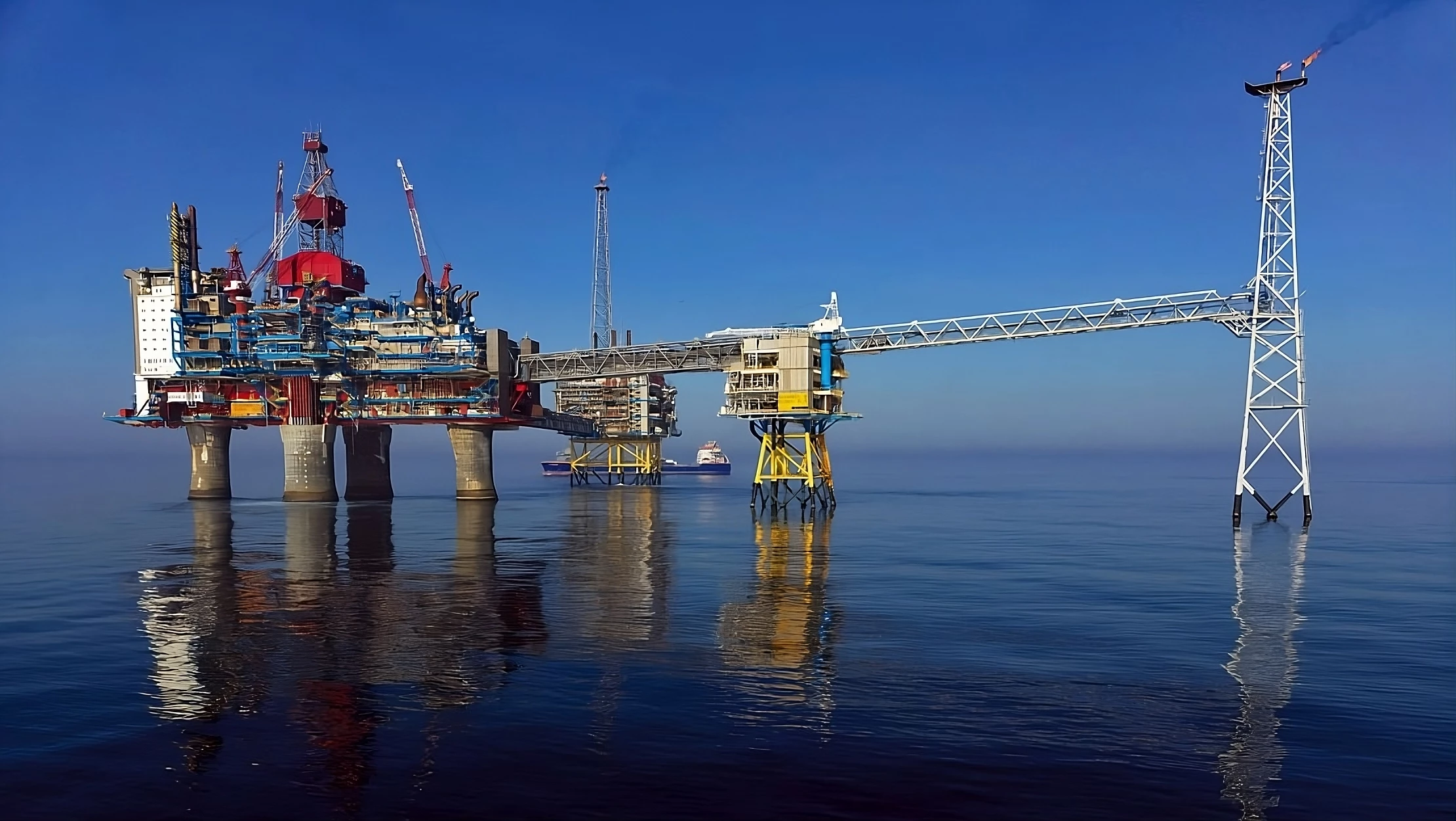ExxonMobil just signed a lease for 271,068 acres of undersea land off the coast of Galveston, Texas to capture and permanently inject carbon emissions (CO2) into the underwater rock bed, making what will be the largest CO2 dump in the United States' short history.
The revenue from the lease – amounting to millions of dollars – will be directed entirely to the Texas Permanent School Fund, established in 1845 to support public schools and education to reduce the need for borrowing from the state. As of August 31, 2024, the fund's balance stands at US$56.8 billion.
A limnic eruption
In 1986, a volcanic crater lake called Lake Nyos in Cameroon, Africa experienced a limnic eruption, also known as a "lake overturn."
Over time, CO2 from underground magma seeped into the waters of the deep lake. Normally, the pressure keeps the CO2 dissolved in the water, but for some reason, possibly a landslide or change in temperature or pressure, the CO2 suddenly began to degas and violently flow to the surface, "overturning" the lake in a 79 ft (24 m) tsunami, spilling out CO2 into the valley.

Roughly 1.6 million tons (1.45 tonnes) of CO2 was released over a 15.5 mile (25 km) radius, suffocating about 1,700 people and 3,000 livestock across four villages as they settled in for the evening. CO2 is heavier than air and it flowed along the valley floor quickly.
Within minutes, the damage was done with only a few survivors. Hours later, the CO2 had dissipated, ending one of the deadliest natural gas release events in history.

Why carbon capture and storage (CCS) is not like Lake Nyos – and how safe is it?
While most of us are familiar with hydraulic fracturing (fracking) to extract crude oil or natural gas from the Earth's crust, it's less known that some of these fracked sites have been reused for CCS in a process called Enhanced Oil Recovery (EOR). Though rare, it exists.
For example, the Weyburn-Midale Project in Canada used the EOR method where CO2 is injected into fracking sites to extract that last little bit of Black Gold, and the CO2 remains (hopefully) forever trapped in the ground – over 33 million tons (30 million tonnes) have been stored since 2000.
Even Texas has an EOR site – the Petra Nova CCS Project in Jackson County, just southwest of Houston.
More commonly, CCS sites are deliberately planned and designed for CO2 storage.
Norway has been a pioneer in carbon capture and storage with projects like the Sleipner project in the North Sea and the Snøhvit fields in the Barents Sea. Neither of which have experienced any major incidents or reported leakages since they began operation.
The Sleipner project was opened in 1996, making it the world's first industrial-scale CCS project. It stores around 1 million tonnes of CO2 per year, injecting it into the Utsira formation – a highly porous sandstone layer located about 2,625 feet (800 m) below the seabed.

Snøhvit Fields started in 2008 and captures roughly 700,000 tonnes of CO2 per year, injecting the captured carbon much deeper, at 8,530 feet (2,600 m) below the seabed. Both locations are sealed by impermeable "caprock" layers which prevent CO2 from escaping.
As CO2 is generally injected more than 3,280 ft (1 km) below the ocean's floor, temperature and pressure keep CO2 in a supercritical state, meaning the gas behaves more like a liquid, helping to keep it trapped underground. Similar to how CO2 can become dry ice when cooled to −109.3°F (−78.5°C), it can also turn into a liquid at about 88°F (31°C) under pressure of 1,070 psi (73.8 bar).
If a storage site were to leak, the CO2 would acidify the surrounding waters with a detrimental effect on nearby marine life.
Theoretically, these types of CCS sites can safely retain our CO2 waste for millions of years, barring some sort of world-ending catastrophic event like a planet-killer asteroid ... in that case, leaking CO2 might be the least of our worries.
Source: ExxonMobile







